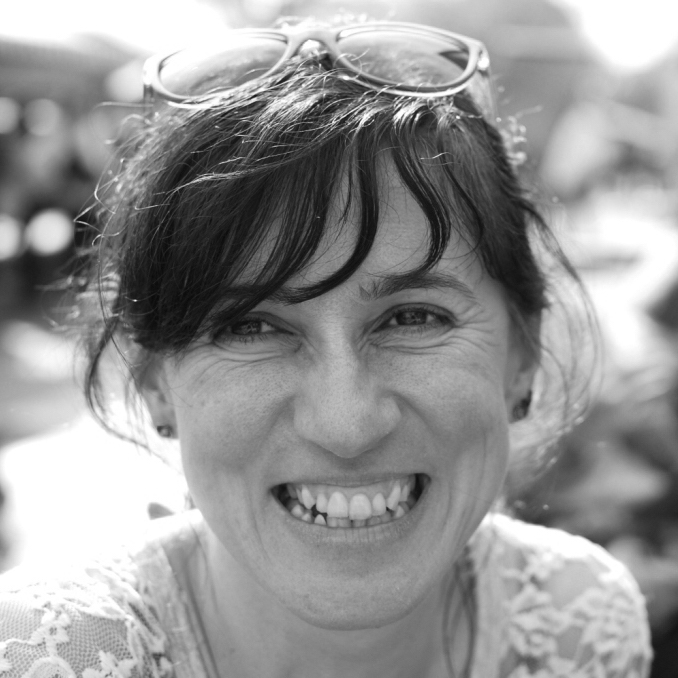
Eva Fernandez Martos
Eva Fernandes Martos is a jewellery artist and designer living and working in the UK. Eva’s engineering background blends with her traditional upbringings in rural Spain. Technology and traditional crafting are latent in her process producing unexpected outcomes. With her work, Eva tries to make people appreciate the ordinary and our man-made surroundings by stimulating their curiosity and perception.
If you had access to all the powers, how would you improve the world?
I will make the top 1% richest people in the world live on the breadline for a month and see if that will make a change in their attitude.
What are the biggest sustainability challenges in your work and how are you addressing them?
There are quite a few sustainable challenges in my work. One thing I feel really strong about is the wastage material I produce. During the machining process I produce offcuts and swarf. I keep the offcuts for my smaller pieces, like my jewellery work and testing. Recently I have started collecting the swarf to keep it for future projects. There are great possibilities to turn waste into new materials collaborating with bio-labs.
Which conscious lifestyle choices are you making and are you considering any new ones?
Buy less, reuse, upcycle, recycle, donate, and do more.
What have you rebelled against in the past and what are you rebelling against now?
I think I have always rebelled against the status quo. I don’t like the idea of following the norm.
Do you need to be a rebel to enjoy your work?
I think you need to be a bit of a rebel to work in the craft and art sector because it is not the easiest professional route.
Do you use your own work?
No, I don’t have enough pieces to be able to eat from.
Do you think tableware can still be improved? If yes, in what way?
I think I would like to see sustainable tableware alternatives being more accessible to everyone. I think not everyone can afford pieces from thoughtful materials or handcrafted.
What was the inspiration for your Steinbeisser pieces?
The Shared Plates dishes explore the idea of sharing food through physically interconnecting and merging dishware items. This produces far-fetched possibilities of a dish that challenges the presentation and negotiation of food.
Describe your work in 3 words!
Playful. Simple. Nostalgic.
What kind of materials do you use and where do you get them from?
For this project I used sycamore wood from English woodlands.
What has been your favourite dinner experience?
I grew up in rural Spain and I ate genuinely organic products during my childhood. It is a mind-blowing experience when I eat something that tastes like I remember. It is like being in a sensorial time machine that transports me to the past.
What excites you about tomorrow?
The opportunity to learn, to improve, to start new projects that I feel excited about.